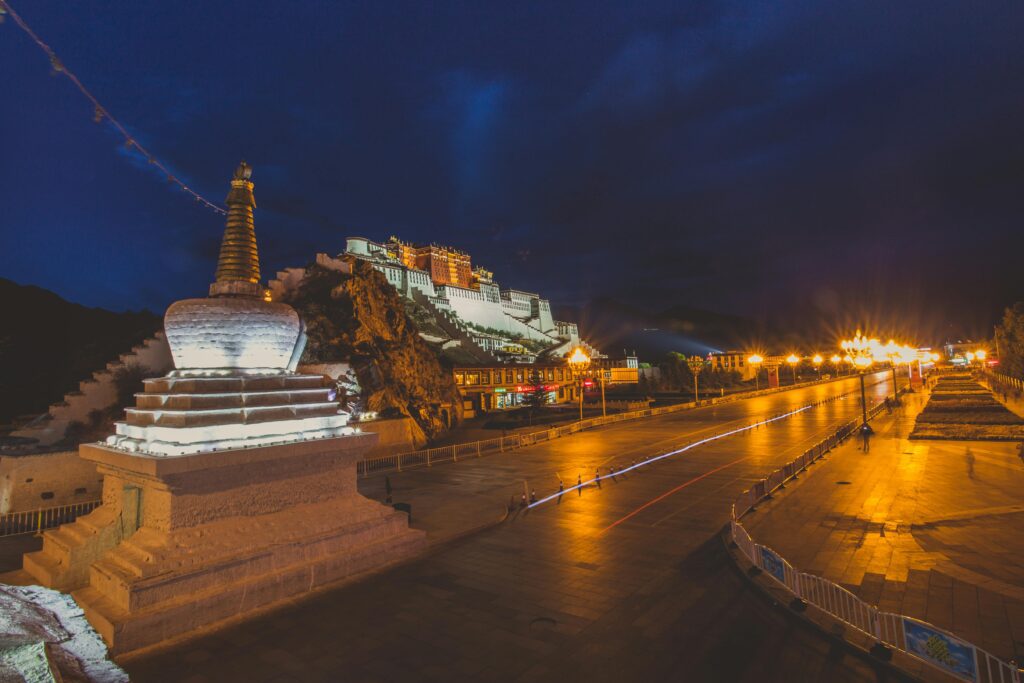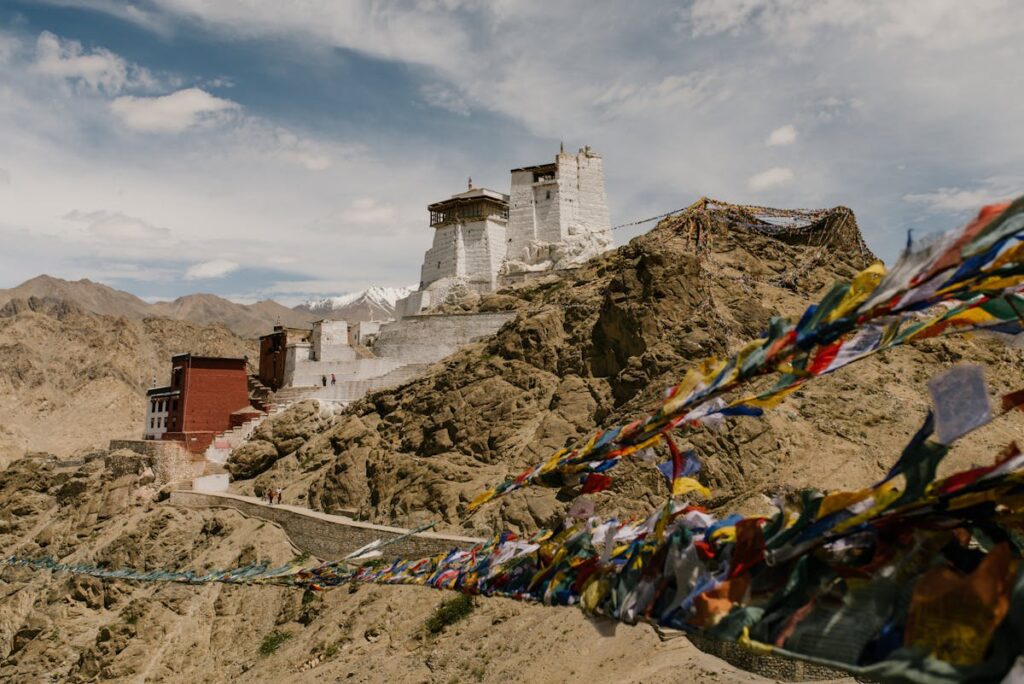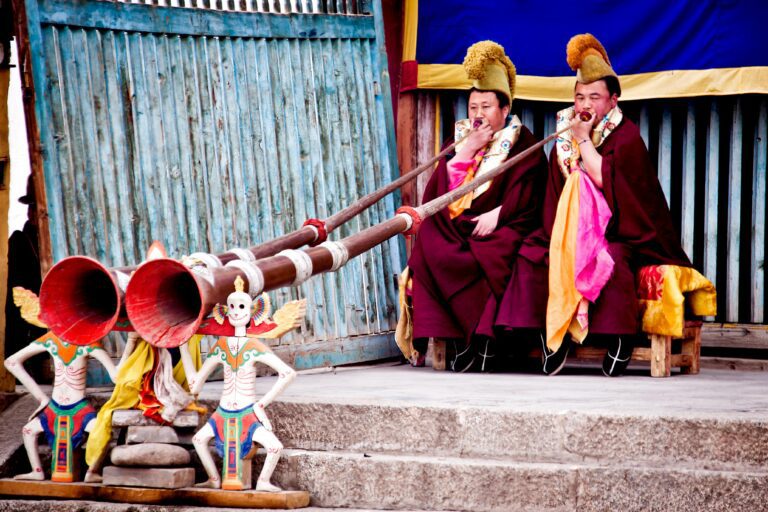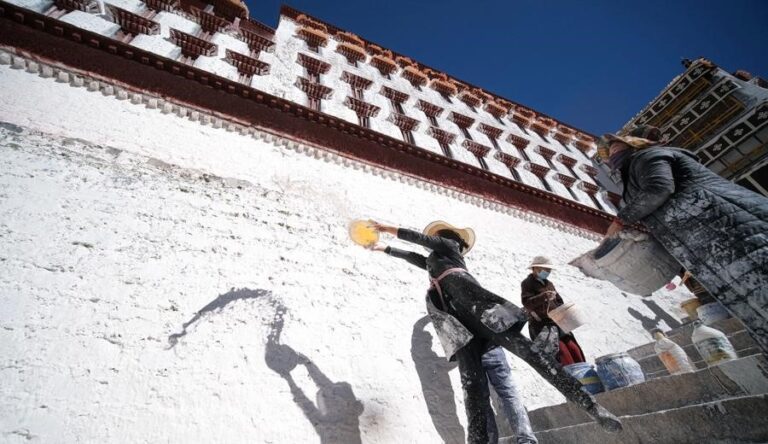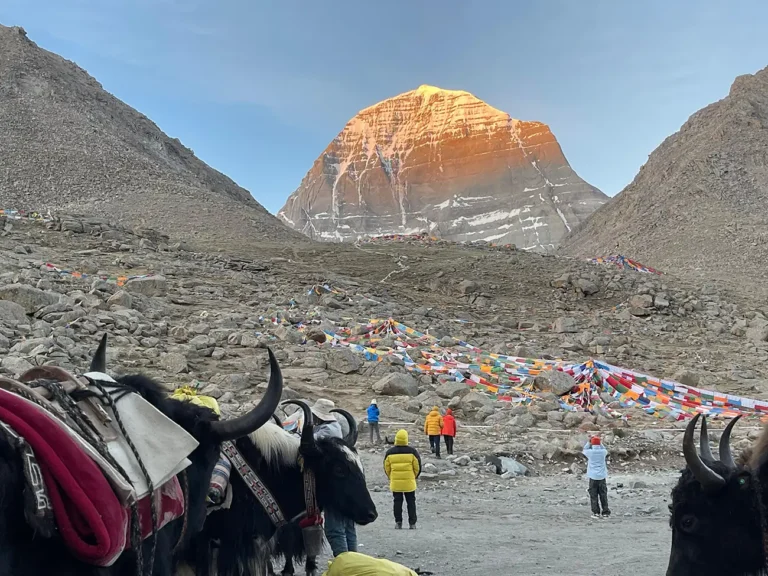If you are looking to visit tibet, make sure you check out our Tibet Travel Package and Tibet 2025 Travel Guide
Lhasa: Exploring Lhasa Cultural Heritage
“Lhasa is a vibrant hub where you can discover the true essence of Tibetan Buddhism and its profound influence on daily life, therefore making it a key feature of Tibet cultural heritage.”
- Potala Palace: A Symbol of Tibetan Heritage
- Architectural Marvel
- Cultural Treasures Within
- Jokhang Temple: The Spiritual Center
- The Jowo Shakyamuni Statue
- Barkhor Street: A Cultural Experience
- A Vibrant Marketplace
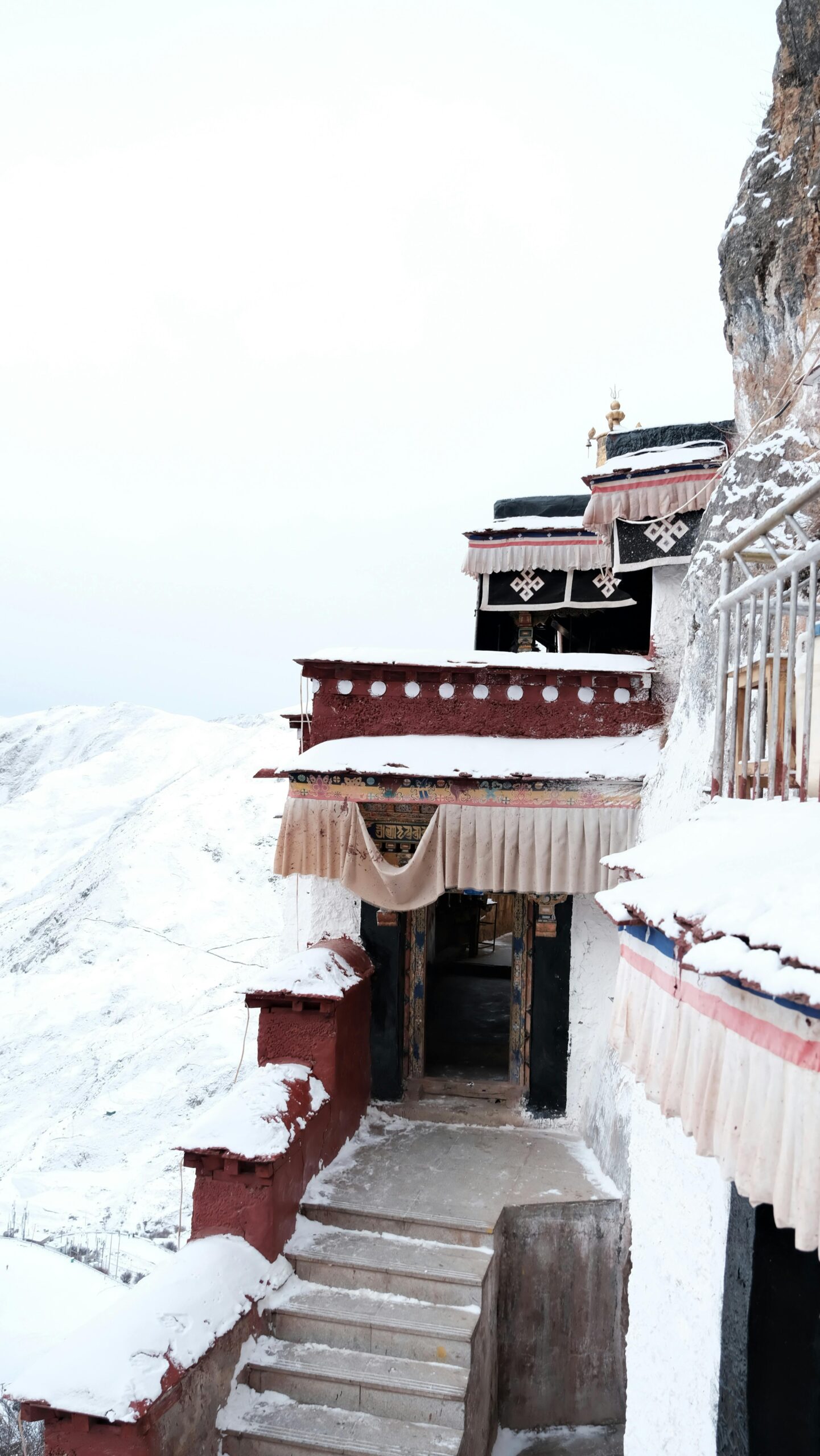
Shigatse: Cultural Heritage of the Panchen Lama
“Shigatse is significant for Tibet cultural heritage as the seat of the Panchen Lama.”
- Discover Shigatse’s Rich History
- Tashilhunpo Monastery: A Spiritual Hub
- Architectural Grandeur
- Sakya Monastery: Architectural Distinction
- Unique Architectural Style
- A Guardian of Knowledge
Gyantse: A Tibet Cultural Heritage Gem
“Gyantse stands as a testament to the rich Tibet cultural heritage.”
- Gyantse’s Historical Significance
- Pelkor Chode Monastery: A Unique Blend of Traditions
- Artistic Treasures
- Kumbum Stupa: A Marvel of Tibetan Art
- Symbolic Design
- Artistic Excellence
Samye: Tibet’s First Monastery & Cultural Heritage
“Samye Monastery holds the distinction of being the first Buddhist monastery established in Tibet, thus becoming a major part of Tibet cultural heritage.”
- Historical Landmark
- Unique Architecture
- Cultural Revival
Conclusion: Your Journey Through Tibet Cultural Heritage
“Traveling through Tibet is about experiencing the living culture. Each destination offers a glimpse into the profound spirituality and resilience that makes up Tibet cultural heritage.”
